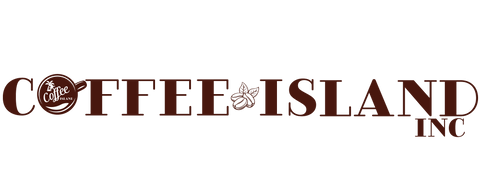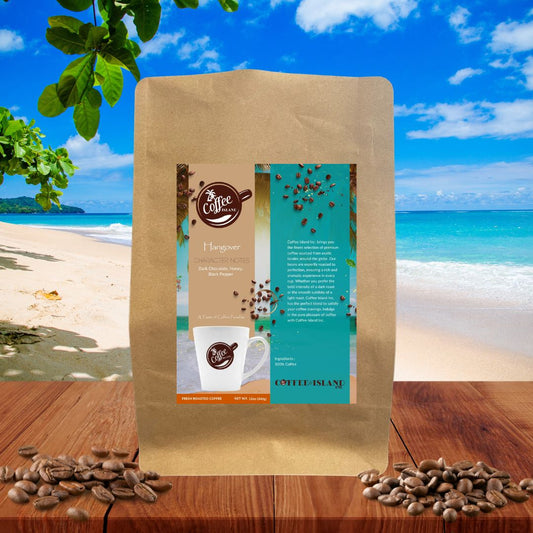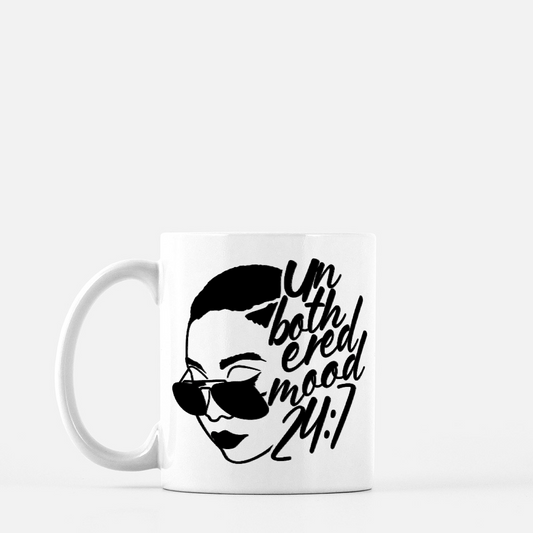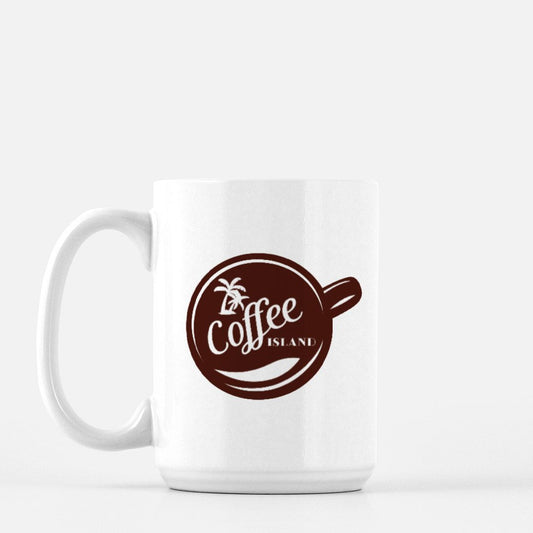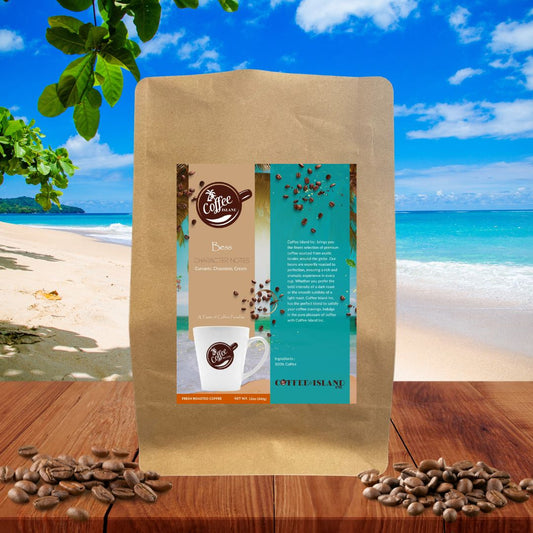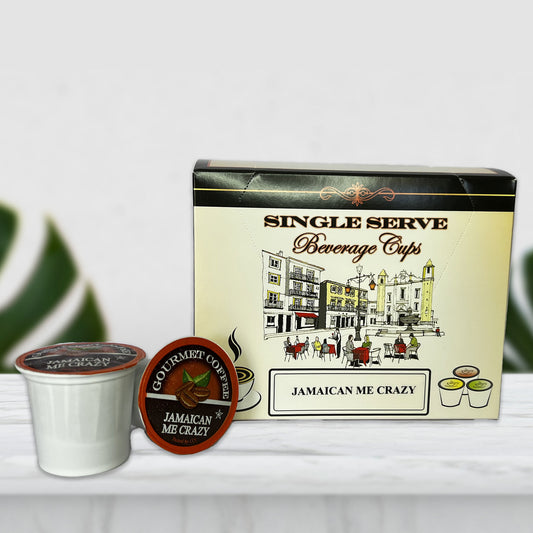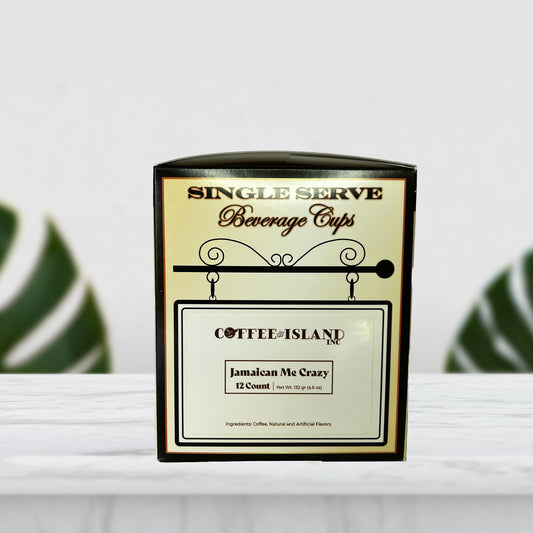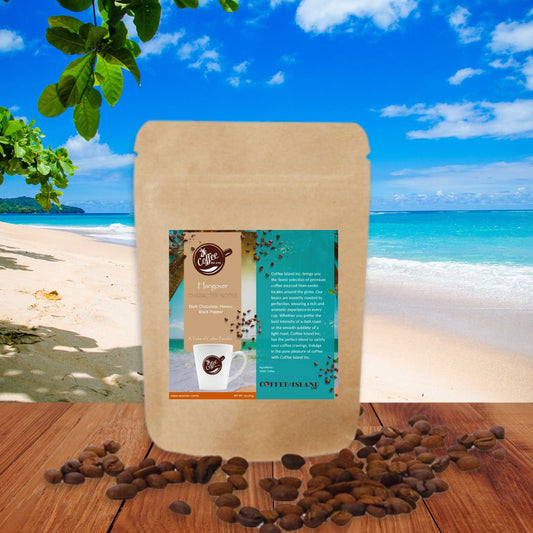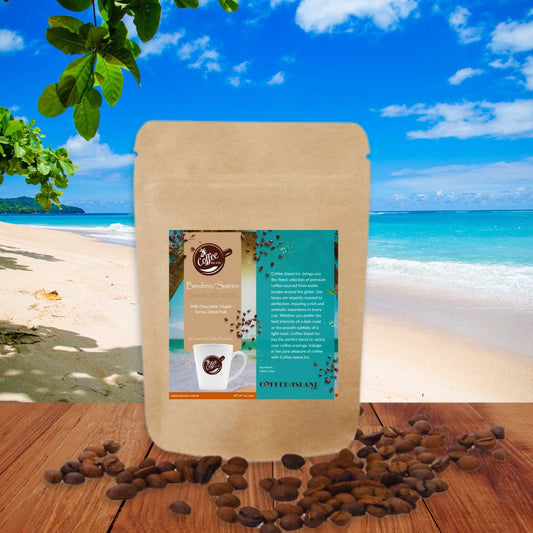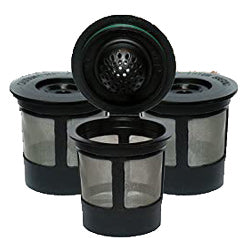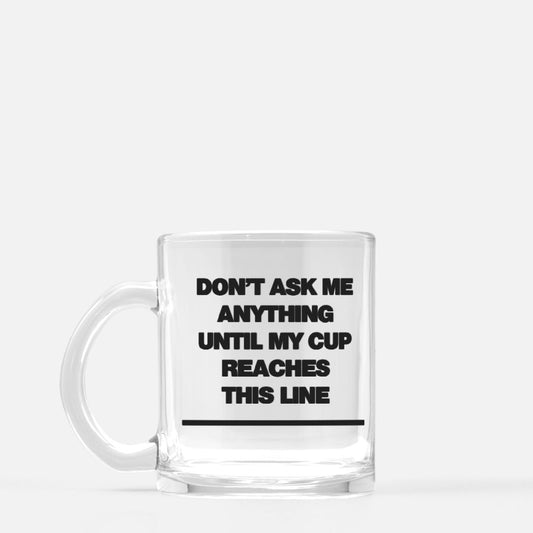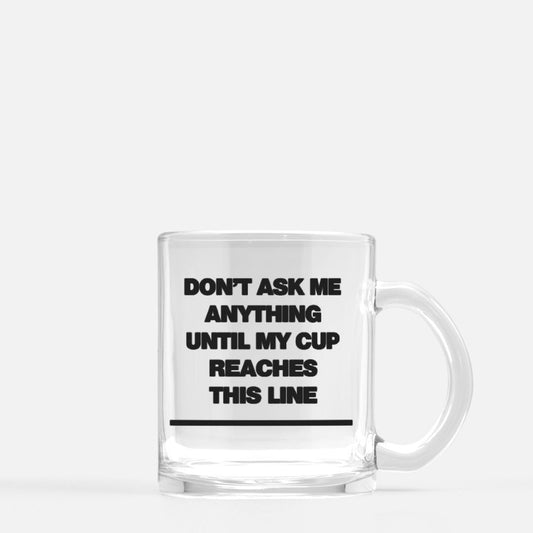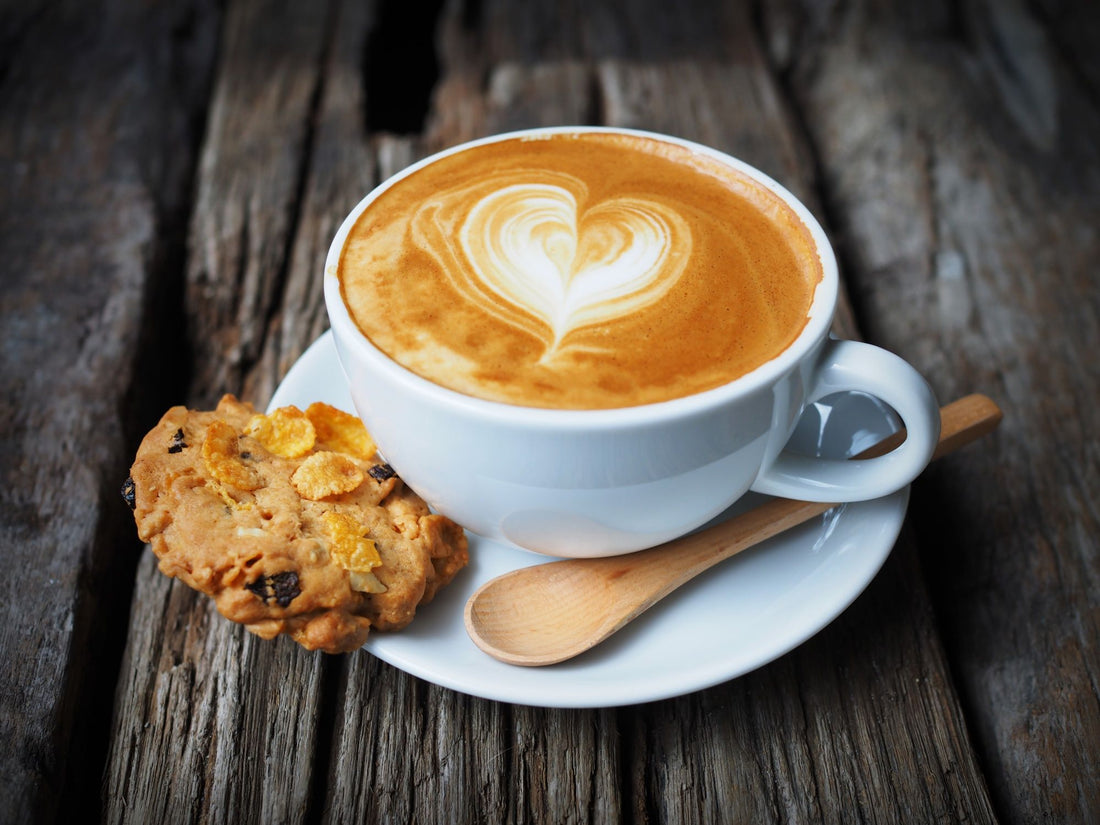Coffee is one of the most popular drinks on the planet. People consume it to give themselves a boost of energy, as well as for its ability to satisfy hunger and provide a comforting feeling. But like all foods and drinks, not all coffee is created equal. If you want to reap the health benefits of drinking coffee, you'll need to ensure that your drink is top quality, which means finding exactly how much caffeine is in each cup.
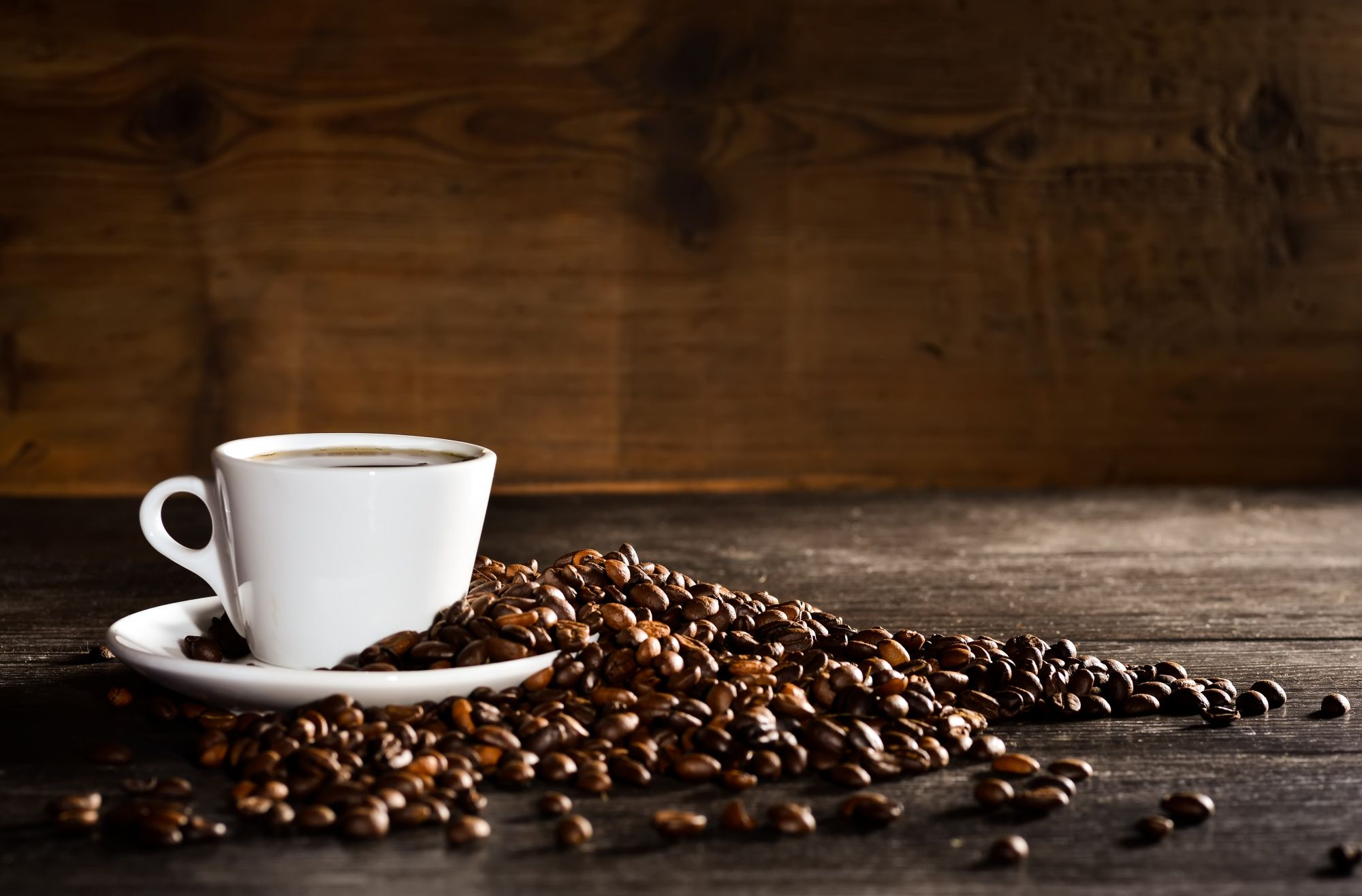
Does caffeine content vary by roast?
You may be interested to know that coffee beans are roasted to alter their flavor and aroma, which is why different types of coffee have different tastes and textures. The same goes for caffeine content. Darker roasts generally have more caffeine than lighter roasts, but if you're not sure what kind of roast your favorite coffee has been roasted with, it's easy enough to check the label or contact the company directly.
What about decaf coffee? Typically, decaffeinated coffee has less than 2% caffeine content. This is because removing all caffeine from coffee beans is difficult and expensive.
If you're wondering about the health benefits of coffee and whether it can cause or prevent certain diseases, read on.
There are many conflicting reports about the health effects of coffee. Some studies find drinking coffee is associated with a lower risk of developing certain health conditions, while others suggest it can increase your risk. Here's what we know so far:
Drinking coffee is linked to a lower risk of developing type 2 diabetes, certain cancers, and cirrhosis. There's some evidence that coffee may help protect against Parkinson's disease and dementia.
How much caffeine does an 8oz cup of coffee have?
This was mainly a question about caffeine and its effects on people. Even though caffeine can sometimes be harmful, how we consume it is essential. Caffeine is an important component of coffee and is also a stimulant. It's common knowledge among us that caffeine can keep you awake while you sleep, but the reality is that it's much more complicated. But this topic should be covered elsewhere. Not everyone can tolerate caffeine at all. Many people are not sensitive to caffeine, so caffeine doesn't have to be perfect for everyone. The FDA believes it is safe for humans to drink up to 500 milligrams daily.
If you're looking for a quick answer, an 8oz cup of coffee has about 130mg of caffeine.
This is on par with a cup of black tea and contains about 50mg per 8oz cup. A 12oz cola drink has about 40mg, and a 16oz energy drink will have 80mg of caffeine (and hundreds more milligrams if mixed with other ingredients).
The amount of caffeine in coffee varies depending on the beans and how they're roasted, but generally speaking, you can expect to get around 100mg per 8oz cup. This is similar to black tea, which contains about 50mg per 8oz cup.

How do different brewing methods affect the caffeine content in my cup?
Let's start with the basics: How much caffeine is in a cup of coffee? As you might imagine, there isn't a straightforward answer. The amount of caffeine from your cup of joe depends on several factors, including the type and roast of your beans and how they are brewed.
The most common method for making coffee at home is using a filter (paper or metal mesh) to drip hot water through ground beans that have been soaked overnight. This creates relatively low concentrations of caffeine in your cup, with an average serving containing between 60 and 100 milligrams per eight ounces.
On the other hand, if you use a French press to brew your java instead—a method that requires plunging coarsely ground coffee into boiling water—you'll consume about twice as much caffeine per cup (upwards of 200 milligrams). And if you opt for espresso or another robust brew method like Turkish Coffee or Caffe Corretto ("corrected" espresso), check out my tips below!
For those of you who prefer to make your coffee at home, here are some quick tips:
-
Choosing whole beans over ground coffee helps preserve their flavor and aroma.
-
To get the most out of your beans, grind them before brewing.
-
Use a paper filter (or pour through a metal mesh filter) to avoid bitter flavors and oils that can leave a film on your tongue when making drip-style coffee.
-
Use a French press for a medium-strength brew that's rich in flavor.
-
When making espresso, use fresh beans roasted within two weeks of purchase and grind just before brewing.
-
Don't use pre-ground coffee if you want to make iced coffee or cold brew—it won't taste as good!
-
Store whole beans in an airtight container in your pantry or another cool area of your home, so they stay fresh longer (about six months).
-
Keep ground coffee in the freezer to preserve its freshness and prevent it from absorbing odors from other foods.
-
If you have a bunch of old coffee beans, don't throw them away! You can make homemade body scrubs, add them to your compost pile, or even eat them if they're still fresh!
-
Make sure to use clean water when making coffee.
-
If you have hard water in your home, consider using bottled or filtered water instead of tap water (it will make a difference in the taste of your brew!).
-
Keep your coffee maker clean by running vinegar through it regularly—about once every two weeks should do the trick!
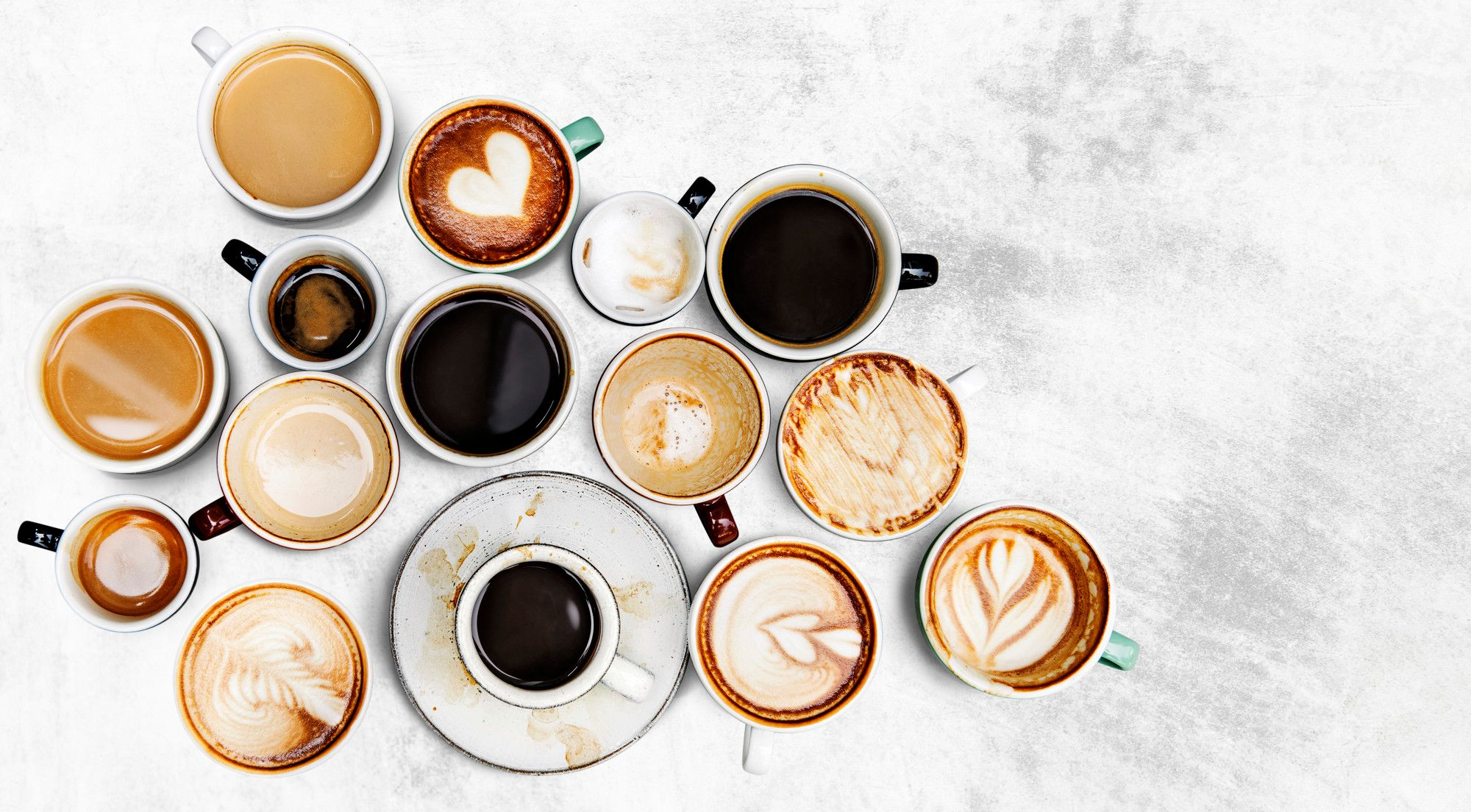
What about pre-ground vs. fresh-ground coffee beans?
How do I find out? Various flavor profiles and their origins characterize coffee. Researchers have discovered lesser-known caffeine facts. The amount of caffeine depends on the level altitude of the crop. What are the reasons? As high the altitude, the less insect there is. Fewer insects mean less caffeine. At lower elevations, the presence of insects increases, causing a higher concentration of caffeine. An 8 oz serving of brewed coffee contains 49-280 mg caffeine. The average dose is 171 grams.
When it comes to coffee, the grind of your beans is crucial. If you don't have a coffee grinder at home (and if not, why not?), then you can buy pre-ground beans at most grocery stores or specialty shops. However, freshly ground beans tend to contain more caffeine than pre-ground ones—the amount depends on the type of bean and roast. This is because when coffee is brewed for more extended periods (as in drip brewing) or with more water per cup (as in French press), most of its flavor compounds are extracted from the grounds, but not much caffeine remains. So while freshly ground beans may seem like they offer more bang for your buck, they can also provide less caffeine than pre-ground coffees sitting around for days before brewing.
Coffee is also a great source of antioxidants and other nutrients. You may have heard that coffee can help protect against certain types of cancer, but it's important to remember that drinking a lot of coffee doesn't mean you're immune from the disease—it just might lower your risk.
Studies have shown that people who drink two to three cups per day are less likely than non-coffee drinkers to develop chronic diseases like type 2 diabetes. The type of bean matters, too. Robusta beans (as opposed to Arabica) contain more caffeine than Arabica beans, but they also have a harsher flavor and lower-quality taste profile.
Do I need to switch to decaf?
A decaf is a good option if you're sensitive to caffeine or want to reduce caffeine intake. But remember that it still has trace amounts of caffeine—about five milligrams per cup, on average. A regular cup of coffee contains about 65 milligrams of caffeine.
I would suggest going with decaf if you have trouble sleeping at night and drinking coffee in the afternoon or evening (that is when I get sleepy). If that isn't the case for you and your body can function fine with higher levels of caffeine, then go for regular coffee!
Caffeine is a drug, and like all drugs, it can have side effects. In large doses (more than 400mg per day), caffeine can cause anxiety and insomnia.
Arabica vs. Robusta Coffee Beans Caffeine
Robusta coffee beans are bitter and are often used as an alternative to cheap instant coffee, such as Italian espresso. Arabic coffee also carries high acidity. Similarly, they are soft and broader. According to research, robusta beans contain two times more caffeine than araba. Robusta includes 2.7% of caffeine, while Arabica has a higher percentage. The amount of caffeine in each bean depends upon its species.
The difference between Arabica and Robusta beans is one of the most significant factors determining how much caffeine you get in your cup of coffee.
The caffeine content depends on where the beans are grown and their variety. For example, a robusta bean grown in Indonesia will have more caffeine than an arabica bean grown in Brazil.
Arabica beans are far more popular than robusta beans because they produce better-tasting brews with higher acidity levels and lower bitterness; however, robusta beans have more caffeine per serving size (about twice as much).
You can enjoy a daily cup of coffee, or even two, and still, be within the safe limit of caffeine intake.
Caffeine is a stimulant. It increases your heart rate, blood pressure, and metabolism. It also stimulates the central nervous system and can positively affect your mood, energy levels, and ability to concentrate.
A cup of freshly brewed coffee will have around 100mg to 200mg of caffeine per serving (50g), depending on how strong you make it.
With all this information, you can now make a better-informed decision about whether or not to cut down on your coffee consumption. If you enjoy a daily cup of coffee, don't worry! That doesn't mean there's anything wrong with your routine. Just be aware of how much caffeine you are consuming and try to stick within the safe limits outlined above.
